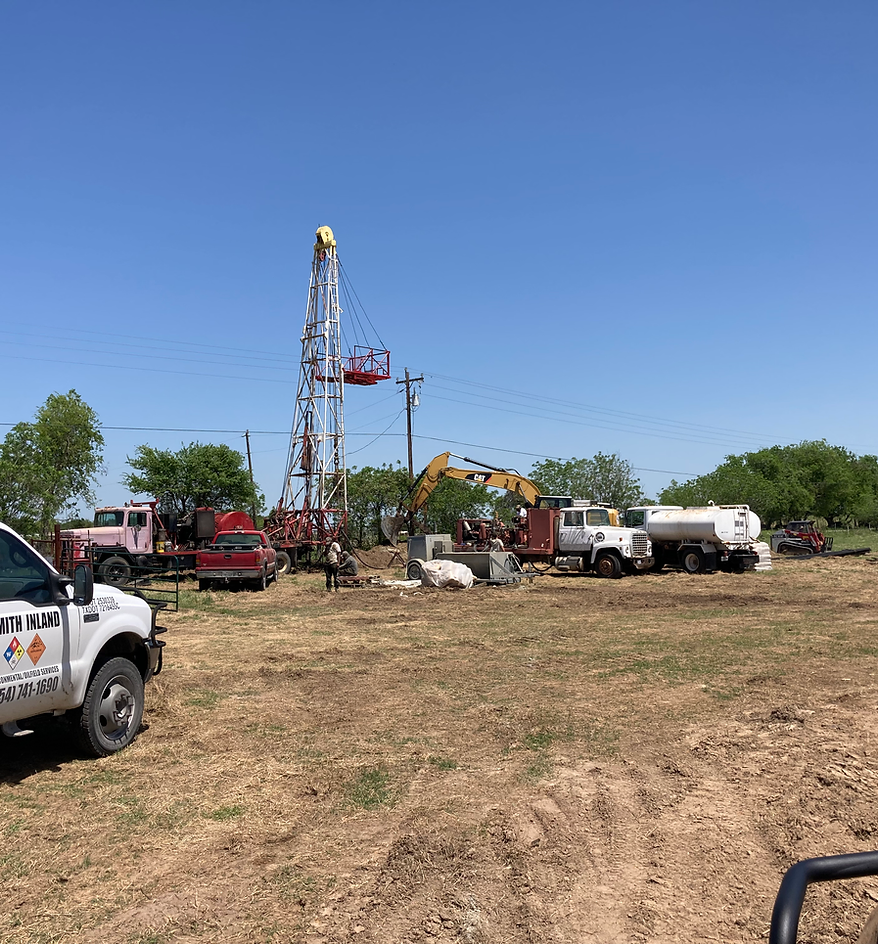Environmental site assessments (ESAs) are a crucial component of due diligence when it comes to real estate transactions, land development, and property management. In particular, Phase I Environmental Site Assessments (Phase I ESAs) are a standardized process of evaluating the environmental risks associated with a particular property.
What is a Phase I ESA?
A Phase I ESA is an investigation conducted by an environmental professional, typically a qualified environmental consultant, to identify potential environmental risks associated with a particular property. The process includes a site visit, a review of historical records and data, interviews with property owners, and analysis of the environmental conditions surrounding the site.
The goal of a Phase I ESA is to identify and evaluate any potential environmental concerns or liabilities associated with the property. These concerns could include, but are not limited to, hazardous waste or chemical contamination, groundwater contamination, or the presence of hazardous building materials such as asbestos.
Why are Phase I ESAs Important?
Phase I ESAs are important because they help identify potential environmental concerns and risks associated with a property. By identifying these risks early on, potential buyers, lenders, and developers can make informed decisions regarding the property’s use and potential risks.
Additionally, conducting a Phase I ESA can help prevent future environmental liabilities or cleanup costs that may arise if contamination is discovered later on. This not only protects the environment but also protects the financial interests of property owners, buyers, and lenders.
When is a Phase I ESA Required?
A Phase I ESA is often required for real estate transactions, including purchases, leases, and loans. Lenders, for example, may require a Phase I ESA before approving a loan to ensure that the property is not subject to any environmental liabilities that could impact its value or pose a risk to the lender.
Additionally, many government agencies require a Phase I ESA as part of the permitting process for certain types of development projects, particularly those involving potentially contaminated properties or industrial facilities.
What Happens after a Phase I ESA?
After a Phase I ESA is completed, the environmental consultant will provide a report that summarizes their findings and identifies any potential environmental concerns or liabilities associated with the property. If significant environmental concerns are identified, a Phase II ESA may be required to further investigate the extent and severity of the contamination.
If no significant environmental concerns are identified, the report may include recommendations for additional testing or monitoring to ensure that the property remains free of environmental concerns.
Conclusion
In summary, a Phase I Environmental Site Assessment is an important tool for evaluating potential environmental risks and liabilities associated with a property. It is often required for real estate transactions and development projects, and can help protect the environment and financial interests of property owners, buyers, and lenders. By identifying potential environmental concerns early on, stakeholders can make informed decisions regarding the property’s use and potential risks.
……
Environmental Site Assessment (ESA) is a process of evaluating a property for potential environmental contamination or pollution. Phase II Environmental Site Assessment (ESA) is a more detailed investigation that follows Phase I ESA, which is a preliminary investigation to identify potential environmental concerns. Phase II ESA is conducted when a property has been identified to have potential environmental issues, and further investigation is required to confirm the presence of contamination.
What is Phase II Environmental Site Assessment?
Phase II ESA is a comprehensive investigation that involves the collection of soil, water, and air samples to determine the extent and concentration of contamination. The purpose of this investigation is to confirm the presence of contaminants and assess the potential risks to human health and the environment. The investigation includes a thorough review of site history, geology, hydrogeology, and other relevant information to identify potential sources of contamination.
The investigation process involves the following steps:
Site Preparation: This involves preparing the site for investigation, including gaining access to the property, identifying potential hazards, and establishing safety measures.
Sampling and Analysis: This involves collecting samples of soil, water, and air from the property and sending them to a laboratory for analysis. The samples are analyzed for the presence and concentration of contaminants.
Data Interpretation and Reporting: This involves interpreting the results of the laboratory analysis and preparing a report that summarizes the findings. The report includes an evaluation of the potential risks associated with the contamination and recommendations for remediation.
Why is Phase II Environmental Site Assessment Important?
Phase II ESA is an important process that helps to identify potential environmental risks and ensure the safety of human health and the environment. It is particularly important for properties that have a history of industrial or commercial use, as these properties are more likely to have potential environmental contamination. The investigation also provides valuable information for property transactions and financial transactions, as lenders and buyers require information on potential environmental liabilities.
The investigation provides information on the extent and concentration of contaminants, which is used to develop a remediation plan to mitigate the risks associated with the contamination. The remediation plan outlines the necessary steps to clean up the contamination and ensure the safety of the site. This includes removing or containing the contaminated soil and groundwater and monitoring the site to ensure that the remediation is successful.
Conclusion
Phase II Environmental Site Assessment is an important process that helps to identify potential environmental risks and ensure the safety of human health and the environment. The investigation involves the collection of soil, water, and air samples to determine the extent and concentration of contamination. The results of the investigation are used to develop a remediation plan to mitigate the risks associated with the contamination. The process is particularly important for properties with a history of industrial or commercial use, as these properties are more likely to have potential environmental contamination. The investigation provides valuable information for property transactions and financial transactions, as lenders and buyers require information on potential environmental liabilities.



